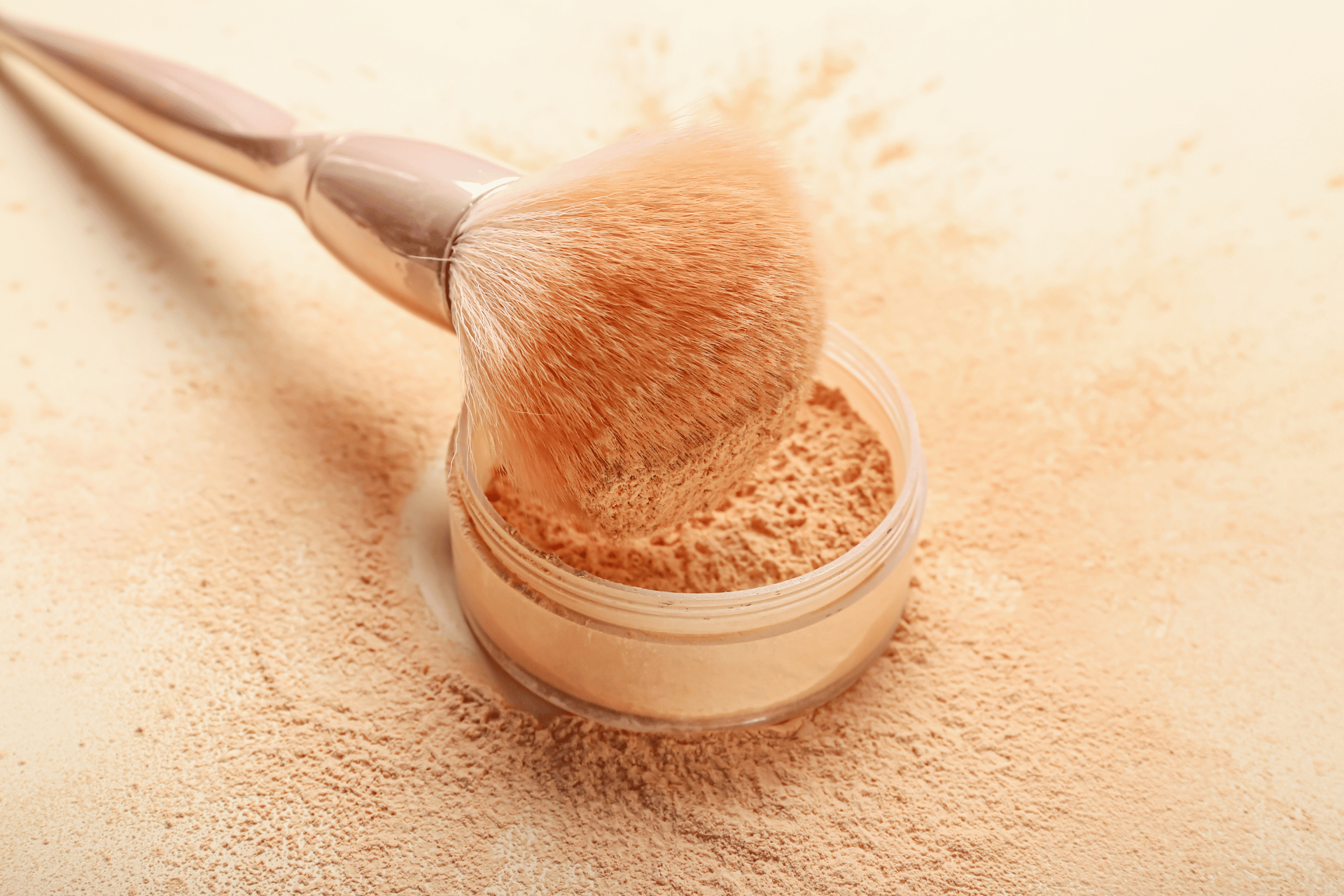Talc is a common ingredient in many cosmetics and personal care products, prized for its ability to absorb moisture and provide a silky texture. However, recent studies and controversies have brought to light the potential dangers of talc, especially when contaminated with asbestos, a known carcinogen. This article delves into the hidden risks of talc in makeup and offers six ways to protect your skin and overall health.
Understanding Talc and Its Uses in Makeup
Talc is a mineral composed mainly of magnesium, silicon, and oxygen. In its natural form, it can sometimes be found near asbestos deposits, leading to contamination. Talc is widely used in products like foundation, blush, and eyeshadow to improve texture, prevent caking, and enhance application.
The Asbestos Connection
Asbestos is a group of naturally occurring fibrous minerals known for their heat resistance and strength. Unfortunately, inhalation or prolonged exposure to asbestos fibers can lead to serious health issues, including lung cancer, mesothelioma, and asbestosis. When talc is mined, it can become contaminated with asbestos, posing a significant risk to consumers using talc-based products.
6 Ways to Safeguard Your Skin from the Dangers of Talc
1. Unmask Hidden Toxins: Check Ingredient Lists Religiously!
The first step in protecting yourself is to become a vigilant label reader. Look for talc-free products like from Mommy Makeup products and opt for cosmetics that use safer alternatives like cornstarch, rice powder, or mica. Many brands are now offering talc-free versions of their popular products.
2. Stay Loyal to the Best: Choose Reputable Brands You Can Trust!
Stick to brands that prioritize safety and transparency. Reputable companies often provide detailed information about their sourcing and manufacturing processes. Look for brands that conduct third-party testing to ensure their products are free from contaminants like asbestos.
3. Be a Beauty Detective: Research Your Products Thoroughly!
Before purchasing a new product, take the time to research it. Online reviews, consumer reports, and safety ratings can provide valuable insights into the safety and effectiveness of a product. Websites like the Environmental Working Group (EWG) offer databases of cosmetics and their safety ratings.
4. Join the Safety Revolution: Support Regulation and Advocacy!
Advocate for stricter regulations and testing requirements for cosmetic ingredients. Support organizations and legislation aimed at improving product safety standards. By raising awareness and pushing for change, consumers can help drive the industry towards safer practices.
5. Go Green for Gorgeous Skin: Embrace Natural and Organic Options!
Natural and organic cosmetics are often formulated without synthetic chemicals and harmful additives. However, it’s essential to verify that these products are genuinely safe and free from talc. Look for certifications from trusted organizations like USDA Organic or Ecocert.
6. Stay Alert, Stay Safe: Follow Recalls and Safety Alerts!
Keep up-to-date with any recalls or safety alerts issued by regulatory bodies like the FDA. Subscribing to newsletters or following relevant organizations on social media can help you stay informed about potential risks and ensure you’re using safe products.
Conclusion
While talc itself isn’t inherently harmful, the risk of asbestos contamination makes it a concerning ingredient in cosmetics. By being proactive and informed, you can significantly reduce your exposure to these hidden dangers. Prioritize your health by choosing safer alternatives, supporting reputable brands, and advocating for stricter safety regulations in the beauty industry. Your skin will thank you for it!




